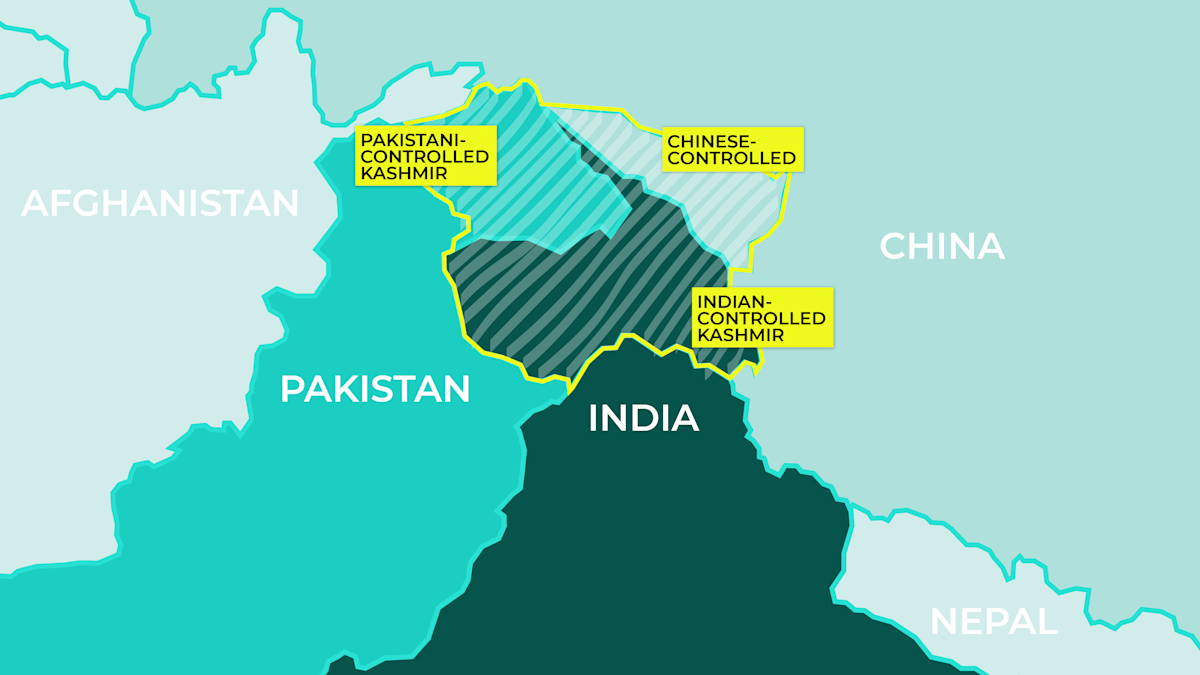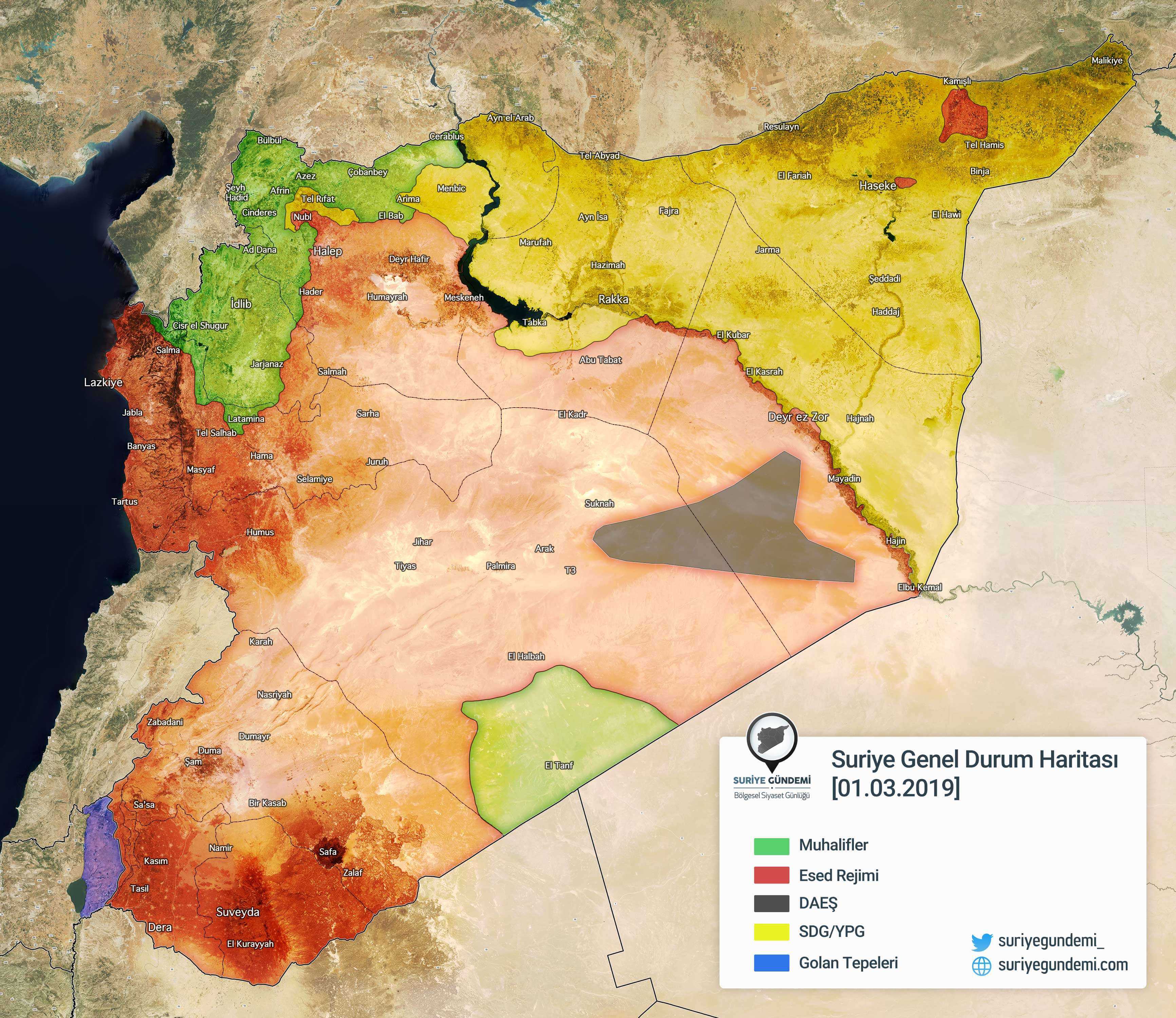Kashmir And The India-Pakistan Conflict: Understanding The Historical Roots And Potential For Future War

Table of Contents
Historical Roots of the Kashmir Conflict
The Partition of India and the Princely States
The partition of India in 1947, a hastily conceived division of the British Raj into India and Pakistan, left the fate of numerous princely states ambiguous. These states, possessing significant autonomy, were given the choice to accede to either India or Pakistan, or to remain independent. The princely state of Jammu and Kashmir, ruled by Maharaja Hari Singh, presented a particularly complex case due to its predominantly Muslim population and its strategic location.
Initially hesitant, Maharaja Hari Singh ultimately acceded to India in October 1947, following a Pakistani-backed invasion of Kashmir. This accession, while legally contested by Pakistan, marked a pivotal moment, setting the stage for decades of conflict.
- Key Events: Announcement of Indian Independence (August 1947), Pakistani invasion of Kashmir (October 1947), Instrument of Accession signed by Maharaja Hari Singh (October 1947).
- Key Figures: Lord Mountbatten, Jawaharlal Nehru, Muhammad Ali Jinnah, Maharaja Hari Singh.
The First Kashmir War (1947-1949)
The First Kashmir War, a direct consequence of the invasion, witnessed fierce fighting between Indian and Pakistani forces. The conflict drew international attention, leading to the intervention of the United Nations. The UN Security Council passed several resolutions calling for a plebiscite to determine the will of the Kashmiri people, a promise that remains unfulfilled. The war ended with a ceasefire in 1949, establishing a Line of Control (LoC) that, while intended to be temporary, has endured as a de facto border.
- Significant Military Engagements: Battles of Poonch, Uri, and Srinagar.
- UN Resolutions: UN Security Council Resolutions 47, 51, 80, and 91.
- Consequences: Establishment of the Line of Control (LoC), ongoing territorial dispute.
Subsequent Conflicts and Escalations
The Kashmir conflict did not end with the first war. Further conflicts erupted in 1965 and 1999, each escalating tensions and adding to the human cost. The 1965 war followed increased cross-border infiltration and fighting, while the 1999 Kargil War involved a major military confrontation in the Kargil sector of Kashmir. The region also witnessed a significant rise in cross-border terrorism and insurgency, further complicating the already volatile situation.
- Key Events (1965): Rann of Kutch conflict, Operation Grand Slam, Tashkent Agreement.
- Key Events (1999): Kargil War, intrusion of Pakistani forces into Kargil sector.
- Significant Losses: Both military and civilian casualties in all conflicts.
The Geopolitical Dimensions of the Kashmir Conflict
Regional Power Dynamics
The Kashmir conflict is not solely a bilateral issue between India and Pakistan. External powers, including China, the United States, and others, have played significant roles, often influencing the dynamics of the conflict. China's relationship with Pakistan, including its support for the China-Pakistan Economic Corridor (CPEC) which traverses disputed territory in Kashmir, adds another layer of complexity. Similarly, the US and other Western nations have at times attempted to mediate between India and Pakistan, but with limited success.
- External Involvement: Chinese support for Pakistan, US diplomatic efforts, involvement of other regional players.
- Impact: Increased regional instability, complex power dynamics, influence on conflict resolution efforts.
Nuclear Proliferation and the Threat of War
The possession of nuclear weapons by both India and Pakistan significantly raises the stakes of the Kashmir conflict. The potential for accidental or intentional nuclear escalation is a grave concern, making the conflict one of the most dangerous flashpoints in the world. The risk of miscalculation or escalation during military standoffs remains a considerable threat to regional and global security.
- Nuclear Anxieties: Concerns over accidental or intentional use of nuclear weapons.
- Military Doctrines: Impact of nuclear arsenals on military strategies and conflict resolution.
- Potential Scenarios: Analysis of potential escalation paths and their consequences.
The Current Situation and Potential for Future War
The Impact of Recent Events
Recent events in Kashmir, including changes in governance, increased security measures, and ongoing human rights concerns, have drawn significant international attention. The revocation of Article 370, granting special autonomy to Jammu and Kashmir, remains a contentious issue, further fueling tensions between India and Pakistan. International human rights organizations continue to express concerns about the situation in the region.
- Recent Events: Revocation of Article 370, ongoing security operations, human rights concerns.
- Significance: Increased international scrutiny, potential for further escalation, impact on regional stability.
Factors Contributing to Future Conflict
Several factors could trigger renewed conflict, including cross-border terrorism, unresolved territorial disputes, and competition for water resources. Nationalism, religious extremism, and political instability within both India and Pakistan further exacerbate the risk of escalation. The lack of trust between the two nations continues to be a major obstacle to peaceful resolution.
- Potential Flashpoints: Cross-border terrorism, water disputes, territorial claims.
- Risk Factors: Nationalism, religious extremism, political instability.
- Impact: Potential for large-scale conflict, humanitarian crisis, regional instability.
Paths Towards Peaceful Resolution
Despite the seemingly intractable nature of the Kashmir conflict, pathways towards peaceful resolution exist. Meaningful dialogue, confidence-building measures, and a commitment to addressing the underlying causes of the conflict are essential. Past peace initiatives, while not always successful, offer valuable lessons for future efforts. International mediation could also play a crucial role in facilitating dialogue and promoting a peaceful settlement.
- Peace Initiatives: Past attempts at dialogue and mediation, their successes and failures.
- Challenges: Lack of trust, differing perspectives on the core issues, external influences.
- Potential Solutions: Dialogue, confidence-building measures, third-party mediation, addressing underlying grievances.
Conclusion
The Kashmir conflict, rooted in the tumultuous partition of India and exacerbated by geopolitical complexities and nuclear proliferation, remains a significant threat to regional and global security. Understanding its historical roots and the factors contributing to the potential for future war is crucial. The ongoing human rights concerns and the lack of trust between India and Pakistan highlight the urgent need for a peaceful resolution. While challenges remain significant, pursuing dialogue, confidence-building measures, and addressing underlying grievances offers the best hope for a lasting solution. Understanding the complexities of the Kashmir conflict is crucial for fostering peaceful resolutions and preventing future escalation. Continue learning about this critical issue to promote informed discussions and contribute to finding lasting solutions to this enduring challenge.

Featured Posts
-
 Winning Lotto Numbers Wednesday April 9th Complete Results
May 08, 2025
Winning Lotto Numbers Wednesday April 9th Complete Results
May 08, 2025 -
 Rogues Unexpected Rise As X Men Leader
May 08, 2025
Rogues Unexpected Rise As X Men Leader
May 08, 2025 -
 Futbolli Luis Enrique Ben Pastrimin E Madh Te Psg
May 08, 2025
Futbolli Luis Enrique Ben Pastrimin E Madh Te Psg
May 08, 2025 -
 Dwp To Axe Two Benefits Final Payments Approaching
May 08, 2025
Dwp To Axe Two Benefits Final Payments Approaching
May 08, 2025 -
 Bitcoin In Son Durumu Guencel Degeri Ve Analizi
May 08, 2025
Bitcoin In Son Durumu Guencel Degeri Ve Analizi
May 08, 2025
